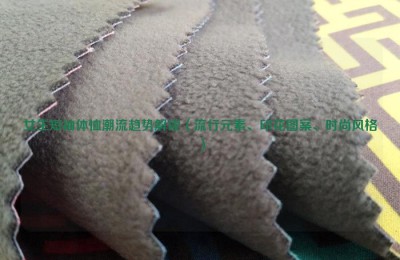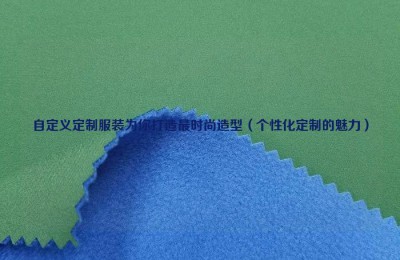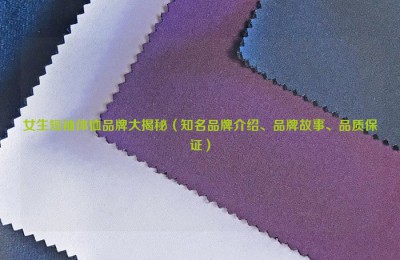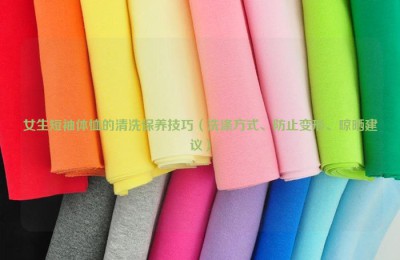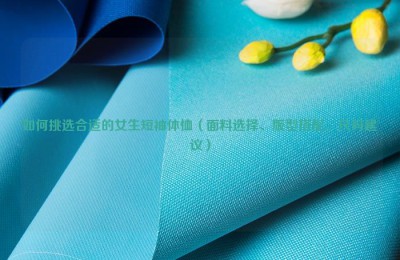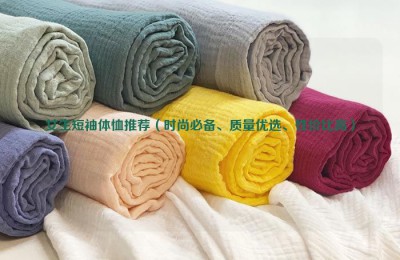(2) Weaving elements During the weaving of decorative fabrics, various appearance texture effects can be produced due to changes in tissue structure, interweaving tightness, and color factors of warp and weft threads. 1. Texture The fabric texture produced by the interweaving of yarns is generally called texture. To sum up, the texture can be roughly summarized as point pattern, line pattern, surface pattern, concave and convex pattern, hole pattern and loop velvet pattern: Point pattern: refers to plain pattern, changing plain pattern, oblique and equal point texture. Line grain: There are vertical grain, horizontal grain, twill grain, fold grain, curve grain and fancy linear grain, etc. Surface texture: Satin texture is a one-way yarn effect, forming a smooth surface texture. Different tissues in some textures are combined in blocks, such as a checkerboard pattern, which is also a surface texture effect. Concave-convex pattern: The fabric forms a three-dimensional concave-convex structure by crepe, convex strips, honeycomb and other structures. Hole-like patterns: Leno, perforations, mesh and other structures can make fabrics form hole-like patterns. Loop pile pattern: refers to pile tissue, towel tissue, etc. The composition techniques of texture basically include rules, variations, enhancements (such as superposition processing, spiral processing, etc.), contrast (such as negative film processing), gradient (such as shadow processing), etc. 
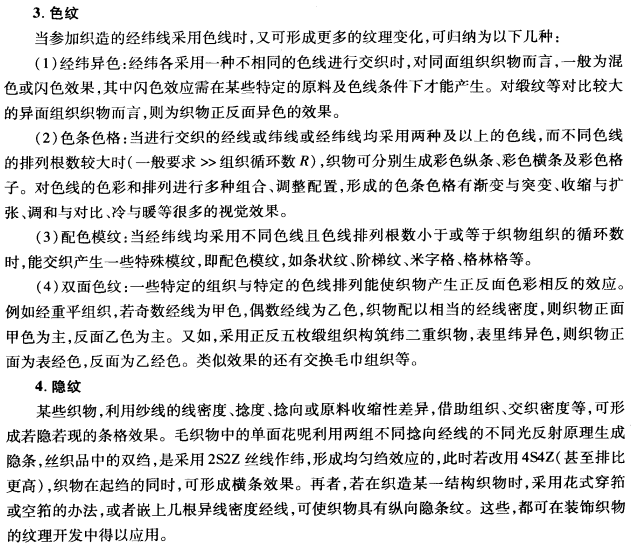
AAA functional fabric network JYUIYFHGE
Decorative fabric weaving elements composite fabric information
(2) Weaving elements During the weaving of decorative fabrics, various appearance texture effects can be produced due to changes in tissue structure, interweaving tightness, and color factors of warp and weft t…
This article is from the Internet, does not represent Composite Fabric,bonded Fabric,Lamination Fabric position, reproduced please specify the source.https://www.yjtextile.com/archives/37509

